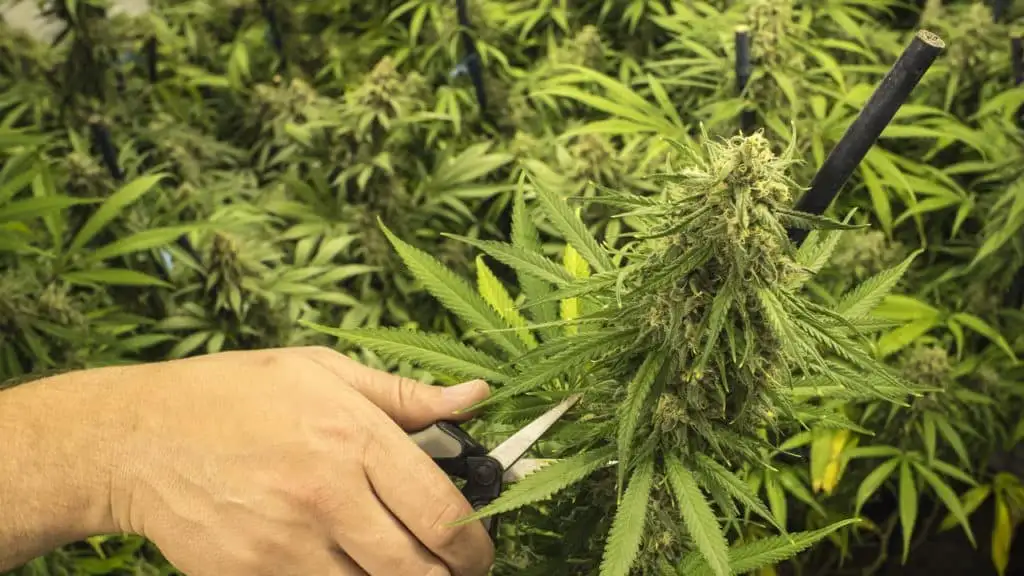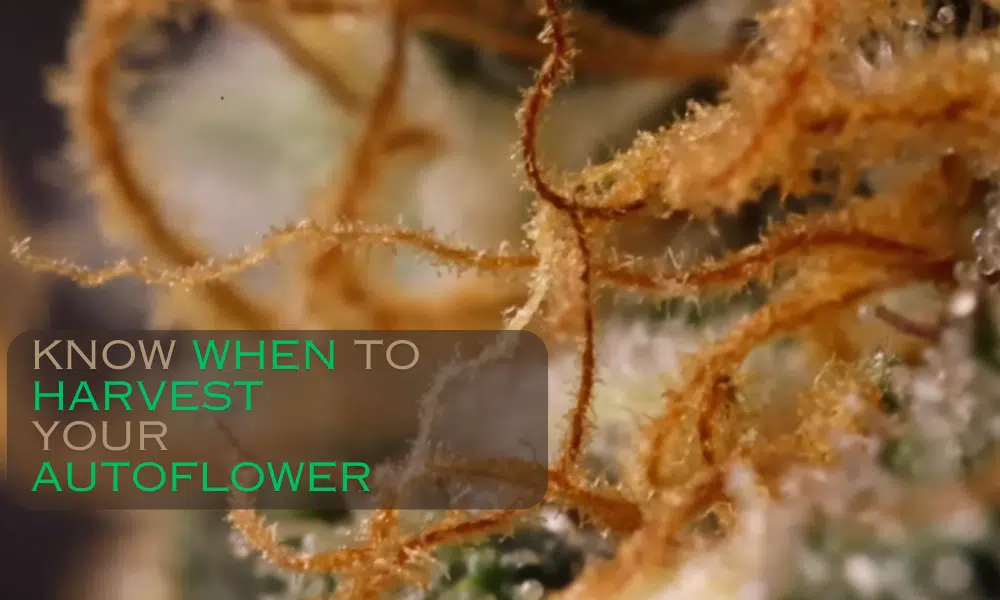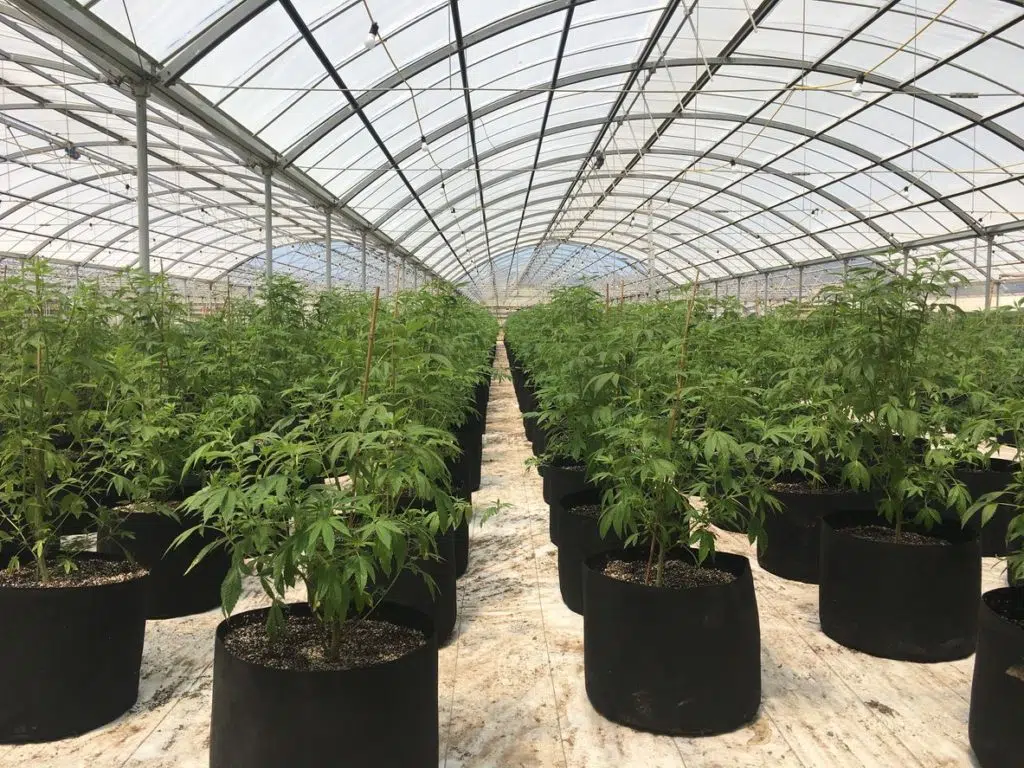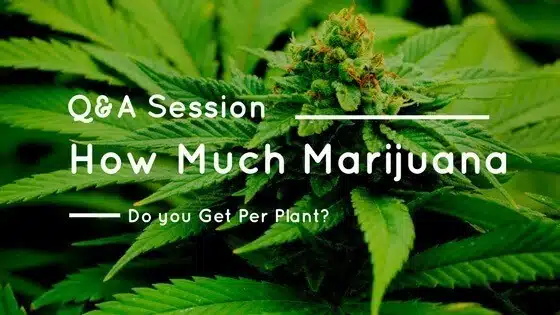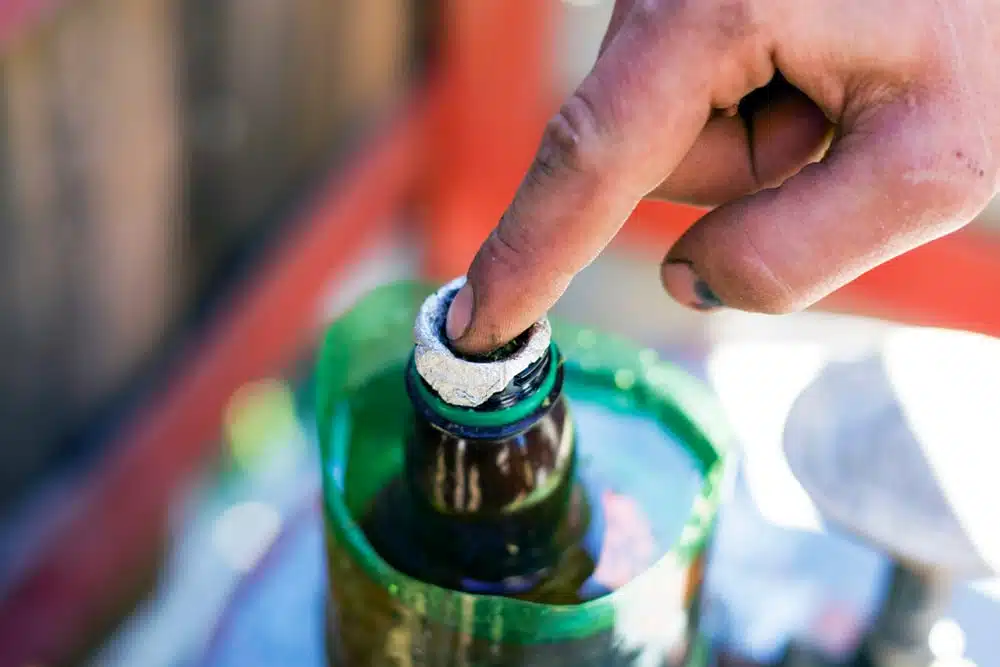When Do Cannabis Plants Begin Flowering Outdoors?
Flowering in cannabis outdoor cultivation is a crucial stage. This period is when your plant develops buds and you start reaping the benefits of your hard work.
Unlike indoor growing, it’s unnecessary to trigger the flowering stage when cultivating outdoors. Your weed enters this phase naturally once the right atmospheric conditions align.
Outdoor cultivators need to know when this phase starts and what to expect. This way, you have better control over your plant’s growth process.
Read on as we provide a rundown of the flowering period in outdoor cannabis, including the dynamics that affect the process.
Autoflowering vs. regular cannabis plants
Seed type is one of the significant determinants of when and how a marijuana plant flowers outdoors. There’s a noticeable distinction in the flowering period and process between autoflowering and regular seeds.
Autoflowering cannabis seeds are known for their ability to flower automatically. They don’t require a light schedule change as their potential to bloom depends on time and age. They typically enter the flowering phase 2–4 weeks after you plant them.
Autoflowering marijuana is the go-to type for cultivators desirous of early harvests. Due to its quick and unchallenging flowering process, growers may find cultivating easier than regular seeds.
Besides its shorter life cycles, autoflowering weed is more genetically resilient to fungi, pest infestations, pathogens, and temperature fluctuations.
Flowering in cannabis outdoor cultivation isn’t automatic for regular seeds, as they require a change in light cycles. They’re only suitable for breeding new weed strains due to their natural genetic composition.
Regular cannabis seeds haven’t been genetically engineered or tampered with. They produce both male and female seeds almost every time.
As a grower, it’s essential to consider this difference as you look forward to your plants showing flowers.
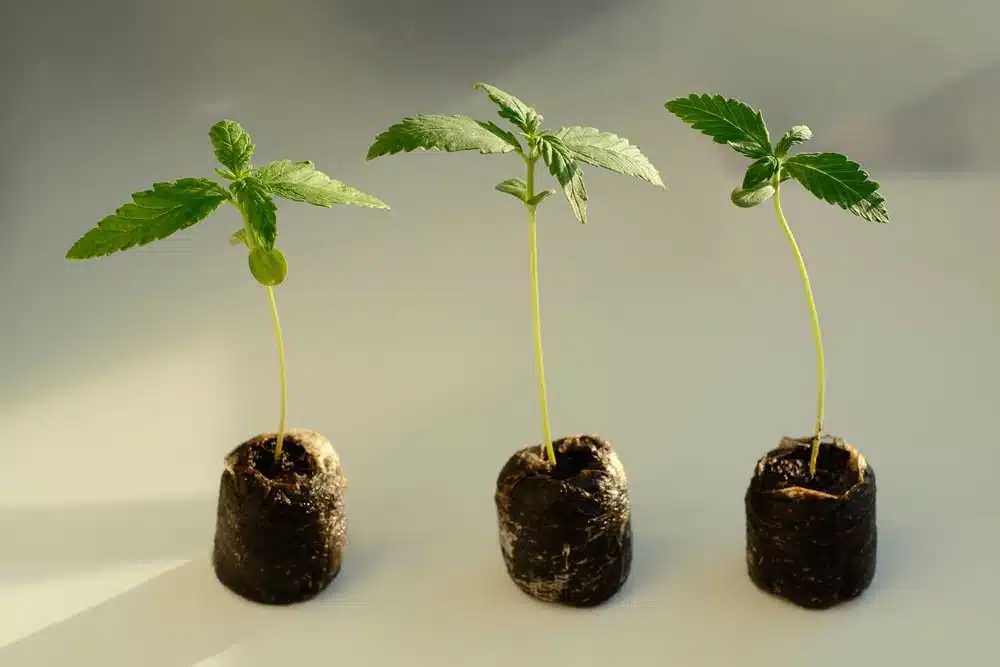
The different growth phases
Cannabis has an interesting life cycle which consists of 7 different stages. These are seed, germination, seedling, vegetation, pre-flowering, flowering, and harvest.
During these phases, plant photosynthesis plays a crucial role in providing energy for development. The right balance of light and darkness is also critical to ensure proper growth and flowering.
In outdoor cannabis flowering, the success or failure of each phase determines what you get at harvest. The stages before flowering are important, as they’re when the plant grows most.
Below is the rundown of these various stages of growth before flowering.
Germination
Growth doesn’t start until germination. This period is when you place cannabis seeds in specific atmospheric conditions that trigger them to grow.
The seeds open and pop their husks during successful germination, showing a white tap root. This phase typically lasts 3–10 days.
Seedling
The next step after germination is the seedling phase, which requires much attention in the growth process. As your plant grows, it starts displaying the recognizable cannabis fan leaves.
This growth stage typically lasts 2–3 weeks, and the environment must remain moderately moist to avoid overwatering.
Vegetative
The vegetative period is a long part of the weed life cycle, and it may take 3–16 weeks, depending on the strain. You may start topping or training your plants at this time.
This phase is when the plant experiences growth spurts. It soars high, gets fuller, and develops more branches, leaves, and nodes. The root also becomes sturdier and grounded, preparing for the flowering period.
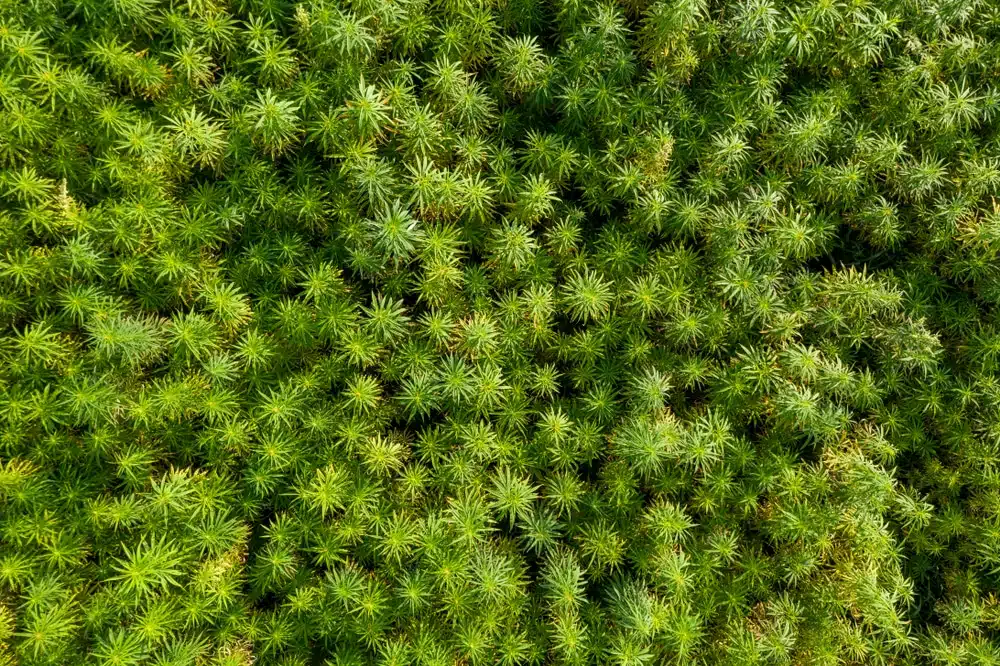
The early flowering stage
Most strains cover the cannabis flowering phase in 8–9 weeks. Only a few variants take up to 10 weeks or longer. The blooming period has sub-stages which are the early and late phases. Let’s explore the first one.
Pre-flowering or flower initiation
Technically, this isn’t one of the scientific stages of the cannabis life cycle, but it’s still essential. Initiation happens when the plant starts consuming potassium and phosphorus ahead of flowering.
You also start to notice the sex organs at the nodes. Female plants grow pistils or white hairs, which are preludes to weed buds. This stage typically lasts 1–3 weeks, and your plant can mature into a male, female, or hermie.
Formation of buds
3–4 weeks into the flowering phase, you start noticing the formation of buds in the plants. This declaration is the first sign of the growth spurt, and energy starts diverting to the development of budlets.
At this stage, you start perceiving a dank smell indicative of mature weed buds, and the plants maintain their freshness and greenness.
Discoloration at this phase may signify a nutrient deficiency. You can quickly fix this by adding the necessary cannabis supplements to ensure proper development of the plants.
Yellowish or brownish leaves are most likely a sign of nutrient burn. When you observe this, it’s important to take immediate steps. Exterminate the discolored foliage and rinse the extra nutrients from the remaining plant with plain pH-balanced water.
Swelling of budlets
The next stage in the flowering period is mid-bloom, when the budlets start swelling. They get thicker and fatter daily, usually from weeks 4–6. You also continue to see white pistils extending in different directions on the buds.
It’s crucial to stop training at this point and start putting energy into making the heavy buds thrive. You could yield massive nugs during this period by supplying bloom nutrients with extra phosphorus.
The late flowering phase
The late flowering phase occurs around weeks 6–9. At this time, expect specific developments in your plants.
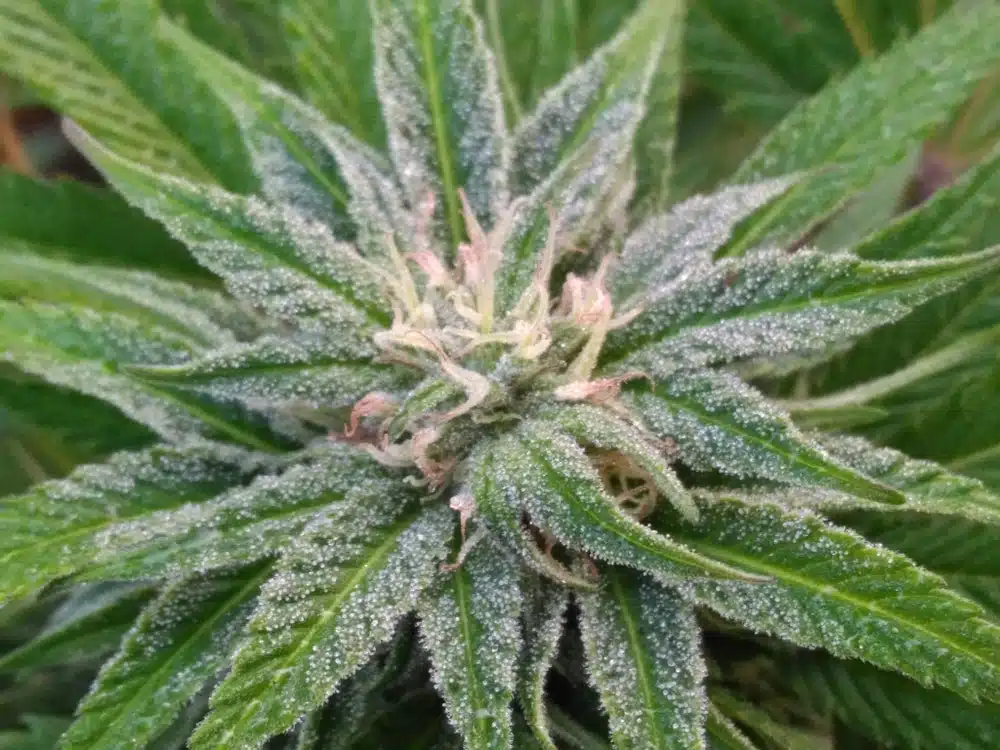
Ripening of the buds
During weeks 6–8 of the flowering stage, your weed buds start ripening, and the pistils turn darker. This period signals the end of vegetative growth, where maturity and increasing potency occur.
Be extra careful with supplement application at this stage, as the plant becomes more selective about nutritional demands. For instance, overconcentration of nitrogen may lead to self-pollination, compromising your harvest.
Some growers may experience foxtailing, where buds take on a strange, irregular appearance symptomatic of heat or light damage. You may also notice the nugs burning or bleaching due to depletion from excess heat and light.
Flushing
From the 8th week, you start getting your cannabis plants ready for harvest. The pistils typically become orange at this point, indicating they’re no longer developing buds. Trichome density and THC levels also increase, and the nug becomes heavy.
It’s vital to flush the plants at this stage before harvesting cannabis. Substitute nutrients with pH-balanced water in the remaining flowering period to improve the quality of your cannabis buds.
Cultivate high-quality outdoor cannabis strains
Are you looking for the best outdoor strain with an easy flowering phase to plant? The Seed Fair is the ideal store for you. Explore our rich collection of high-quality autoflowering, regular, and feminized seeds that fit your cultivation goals.
We have a record of credibility and fair dealings, so you’re guaranteed the best when you deal with us. We have excellent strains designed to flower quickly outdoors. Visit us today to get your supply of top-shelf cannabis seeds.

